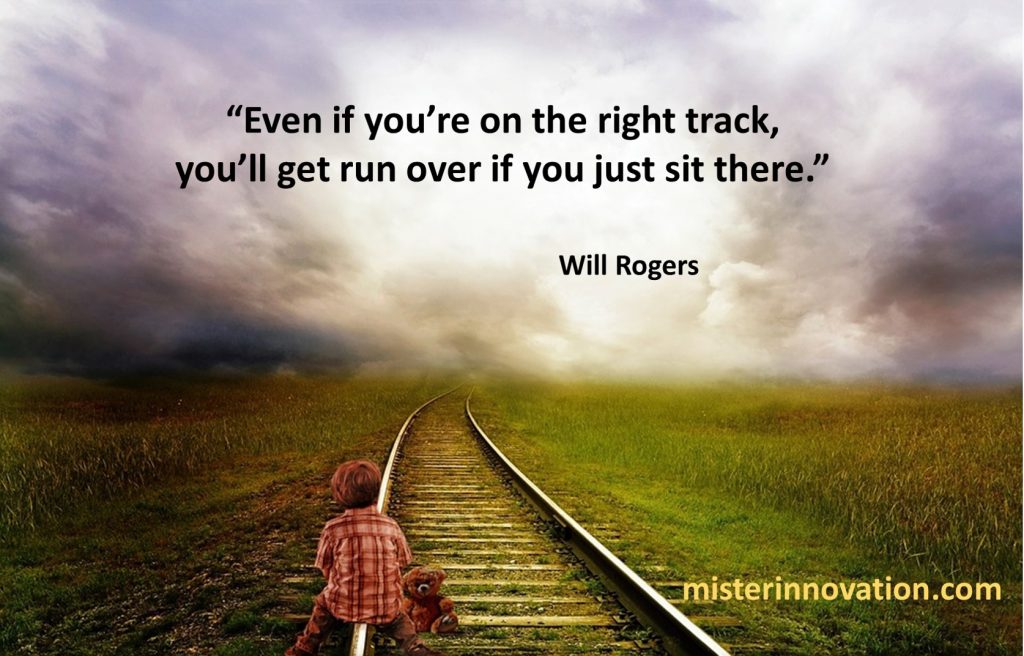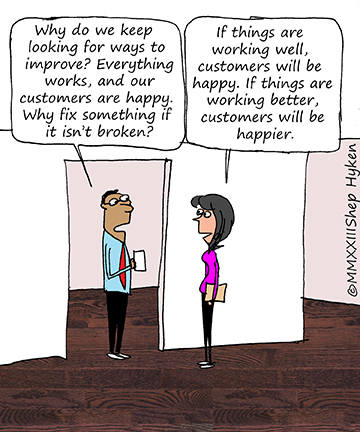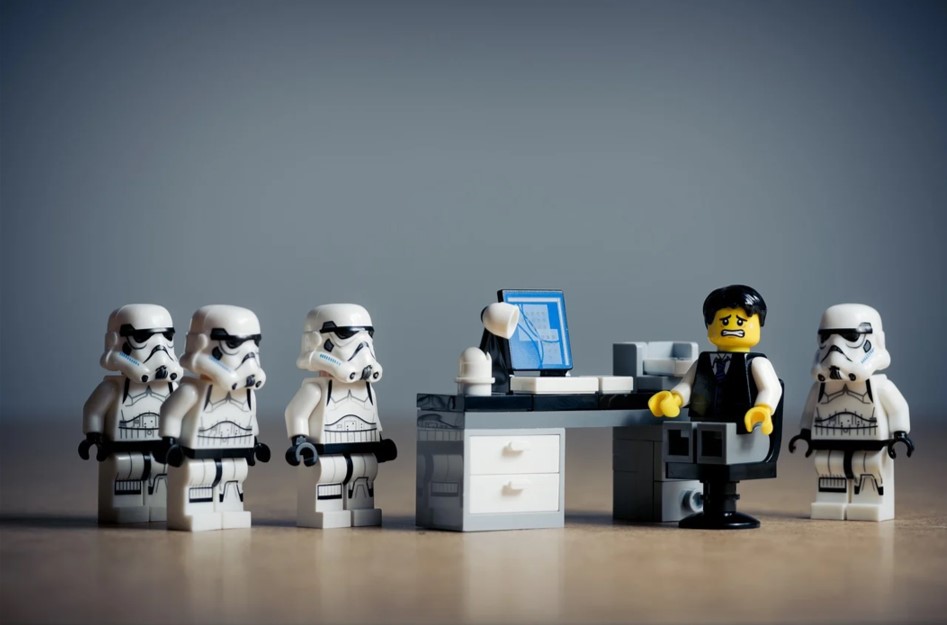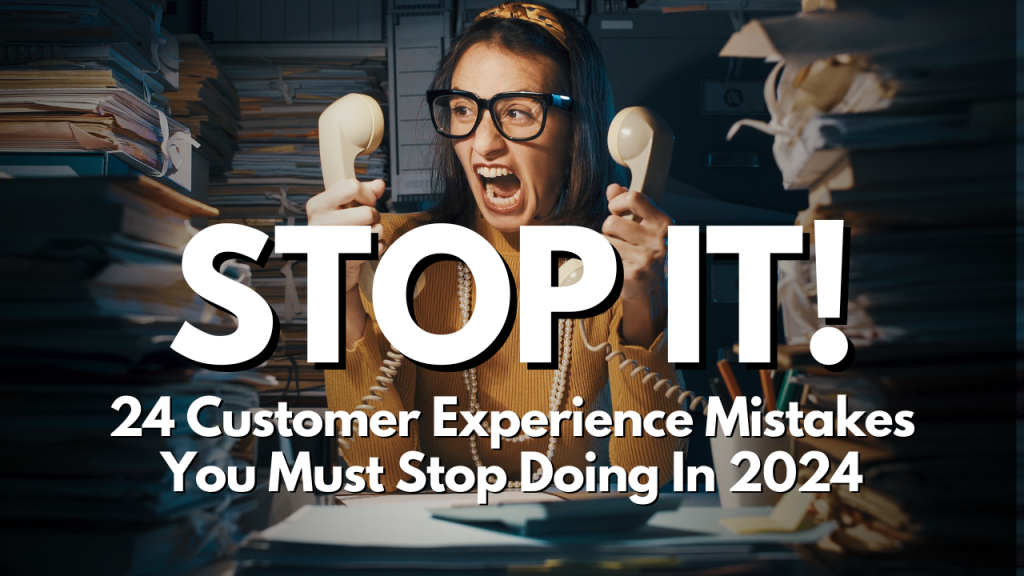
GUEST POST from Geoffrey A. Moore
We are well into our first decade of digital transformation, with both the successes and the scars to show for it, and we can see there is a long way to go. Realistically, there is probably never a finish line, so I think it is time for us to pause and take stock of what we have learned, and how best we can proceed from here. Here are three lessons to take to heart.
Lesson 1: There are three distinct levels of transformation, and operating model transformation is the one that deserves the most attention.

The least disruptive transformation is to the infrastructure model. This should be managed within the Productivity Zone, where to be fair, the disruption will be considerable, but it should not require much in the way of behavior change from the rest of the enterprise. Moving from data centers to cloud computing is a good example, as are enabling mobile applications and remote work centers. The goal here is to make employees more efficient while lowering total cost of IT ownership. These transformations are well underway, and there is little confusion about what next steps to take.
By contrast, the most disruptive transformation is to the business model. Here a company may be monetizing information derived from its operating model, as the SABRE system did for American Airlines, or overlaying a digital service on top of its core offering, as the automotive makers are seeking to do with in-car entertainment. The challenge here is that the economics of the new model have little in common with the core model, which creates repercussions both with internal systems and external ecosystem relationships. Few of these transformations to date can be said to be truly successful, and my view is they are more the exception than the rule.
The place where digital transformation is having its biggest impact is on the operating model. Virtually every sector of the economy is re-engineering its customer-facing processes to take advantage of ubiquitous mobile devices interacting with applications hosted in the cloud. These are making material changes to everyday interactions with customers and partners in the Performance Zone, where the priority is to improve effectiveness first, efficiency second. The challenge is to secure rapid, consistent, widespread adoption of the new systems from every employee who touches them. More than any other factor, this is the one that separates the winners from the losers in the digital transformation game.
Lesson 2: Re-engineer operating models from the outside in, not the inside out.
A major challenge that digital transformation at the operating model level must overcome is the inertial resistance of the existing operating model, especially where it is embedded in human behaviors. Simply put, people don’t like change. (Well, actually, they all want other people to change, just not themselves.) When we take the approach of internal improvement, things go way too slowly and eventually lose momentum altogether.
The winning approach is to focus on an external forcing function. For competition cultures, the battle cry should be, this new operating model poses an existential threat to our future. Our competitors are eating our lunch. We need to change, and we need to do it now! For collaboration cultures, the call to action should be, we are letting our customers down because we are too hard to do business with. They love our offers, but if we don’t modernize our operating model, they are going to take their business elsewhere. Besides, with this new digital model, we can make our offers even more effective. Let’s get going!
This is where design thinking comes in. Forget the sticky notes and lose the digital whiteboards. This is not about process. It is about walking a mile in the other person’s shoes, be that an end user, a technical buyer, a project sponsor, or an implementation partner, spending time seeing what hoops they have to go through to implement or use your products or simply to do business with you. No matter how good you were in the pre-digital era, there will be a ton of room for improvement, but it has to be focused on their friction issues, not yours. Work backward from their needs and problems, in other words, not forward from your intentions or desires.
Lesson 3: Digital transformations cannot be pushed. They must be pulled.
This is the hardest lesson to learn. Most executive teams have assumed that if they got the right digital transformation leader, gave them the title of Chief Transformation Officer, funded them properly, and insured that the project was on time, on spec, and on budget, that would do the trick. It makes total sense. It just doesn’t work.
The problem is one endemic to all business process re-engineering. The people whose behavior needs to change—and change radically—are the ones least comfortable with the program. When some outsider shows up with a new system, they can find any number of things wrong with it and use these objections to slow down deployment, redirect it into more familiar ways, and in general, diminish its impact. Mandating adoption can lead to reluctant engagement or even malicious compliance, and the larger the population of people involved, the more likely this is to occur.
So what does work? Transformations that are driven by the organization that has to transform. These start with the executive in charge who must galvanize the team to take up the challenge, to demand the digital transformation, and to insert it into every phase of its deployment. In other words, the transformation has to be pulled, not pushed.
Now, don’t get me wrong. There is still plenty of work on the push side involved, and that will require a strong leader. But at the end of the day, success will depend more on the leader of the consuming organization than that of the delivery team.
That’s what I think. What do you think?
Image Credit: Pexels, Geoffrey Moore
![]() Sign up here to join 17,000+ leaders getting Human-Centered Change & Innovation Weekly delivered to their inbox every week.
Sign up here to join 17,000+ leaders getting Human-Centered Change & Innovation Weekly delivered to their inbox every week.










